Japan implemented its trading plan, which includes a carbon credit system, last week as part of its efforts to reduce emissions and combat climate change.
According to the Japan Energy Institute, Japan, the world's third largest economy, ranks fifth in greenhouse gas emissions. It emits approximately 1.1 billion tons of carbon dioxide (CO2) annually due to energy production and emissions.
Japan announced that it aims to reduce total carbon emissions by 46% compared to 2013 levels by 2030. It also promised to be carbon neutral by 2050.
To achieve these goals, Japan needs to take large-scale and urgent measures in energy production and industry to reduce fossil fuel consumption, provide electricity to the vast majority of energy subscribers, and greatly increase emission-free electricity production.
All economies that are trying and rushing to make large-scale emissions cuts face similar challenges.
What's different in Japan?
Factors specific to Japan, of course, also play a role in this transformation. It could not only constrain the scope of existing clean energy supply solutions but also limit declines in overall energy use of critical sectors that are difficult to electrify and yet are key drivers of the entire economy.
One of the most critical factors determining any country's energy transition efforts is how its energy system can adapt to the rapid realignment of energy sources from dirty to clean while continuing to provide consistent supplies to consumers.
Any country with decades-old energy distribution systems is likely to face difficulties maintaining service while making significant improvements to transmission and generation centers.
In Japan, these challenges are exacerbated by the already strained state of the national energy system due to the sharp decline in nuclear energy production since the 2011 Fukushima disaster.
Historically, nuclear power produced about 25% of Japan's electricity until the Fukushima power plant was hit by a tsunami that caused meltdowns in three of six reactors.
Following the disaster, public confidence in the country's entire fleet of nuclear reactors collapsed, leading to the closure of nearly all nuclear power plants in the following years.
According to data from the Ember organization, the country's electricity producers had to increase production from fossil fuels, especially coal and natural gas, which account for 73% of Japan's electricity in 2022.
This high dependence on fossil fuels has caused Japan to rank second after India, one of the world's largest economies. In Japan's larger economic rivals, China, this figure is 65% and in the USA, 59%.
China and the United States also stand out as the world's largest distributors of renewable energy, with extensive expertise in the development of utility-scale wind and solar facilities, enabling rapid advances in electricity generation solutions.
Both China and the United States also have large areas of sparsely populated areas that are expected to become sites for additional solar and wind farms.
In comparison, Japan ranks 6th in total renewable energy production, according to the Energy Institute. Land suitable for large renewable energy production facilities is extremely limited. Since it does not have a surface area advantage, it focuses on rooftop solar energy systems as the main way to increase renewable energy production in the near term.
In the long term, Japan aims to increase wind energy production, especially offshore.
However, structural problems recently delayed the commissioning of the country's first floating offshore wind farm by about 2 years. The expected opening is 2026. The wind industry has a goal of producing one-third of the energy in Japan by 2050.
It may affect transportation
The country's transportation system remains a major source of fossil fuel use, especially in passenger vehicles that are largely powered by internal combustion engines.
According to International Energy Agency (IEA) data, electric vehicle (EV) sales increased by a record 127% in 2022 compared to 2021, thanks to the government's new incentives.
Electric vehicle sales are growing rapidly in Japan, but a small portion of Japan's total automobile fleet consists of this new generation technology. EVs represented just 3% of total auto sales last year and account for less than 1% of Japan's total auto stock.
Electric vehicles accounted for about 30% of auto sales in China last year, 21% in Europe and about 8% in the United States. So more effort is needed for Japan's famous automotive industry to improve in its decarbonization efforts.
We should not forget the dependence of Japan's huge industrial sector on fossil fuels. Fossil fuels consumed for industry are being tried to be reduced in almost every country. Since Japan is the world's third largest producer of steel, automobiles and ships, these areas have a huge share in CO2 emission figures.


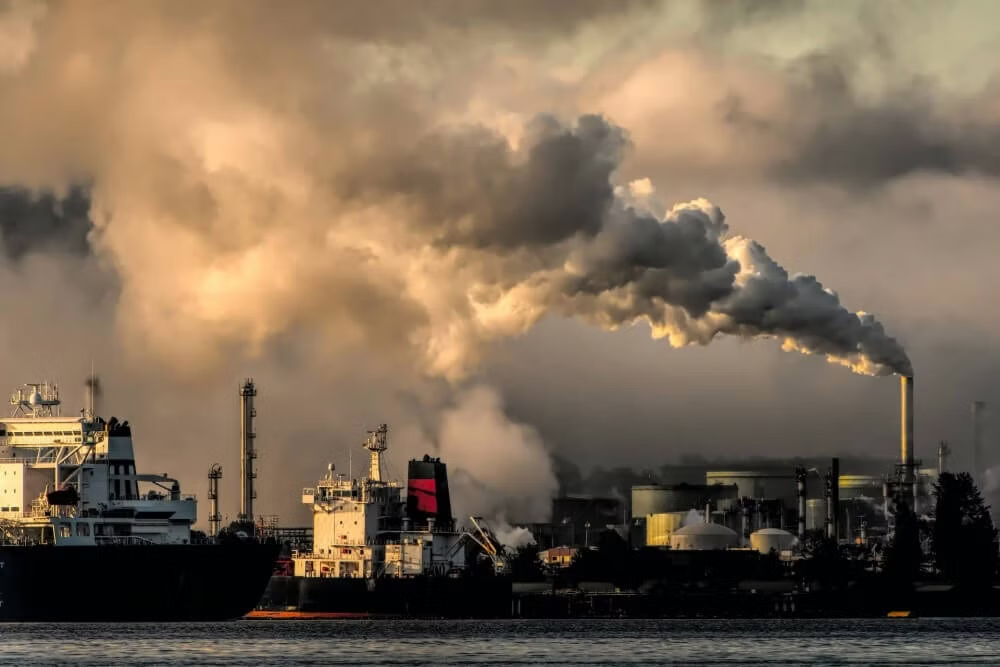
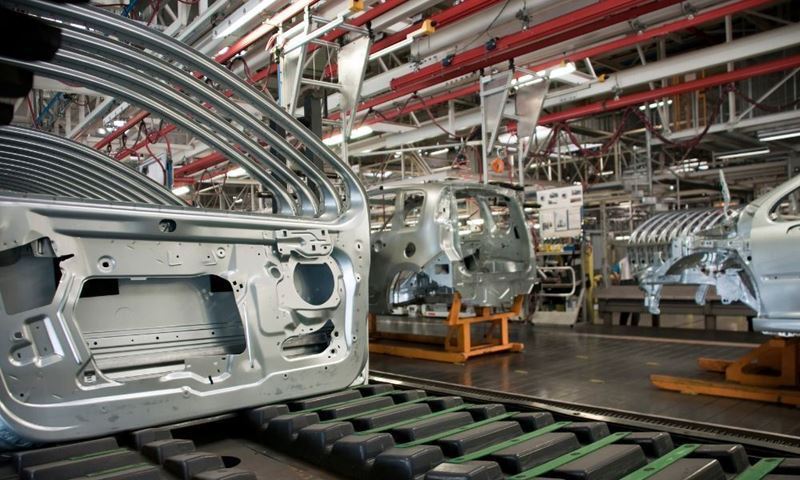

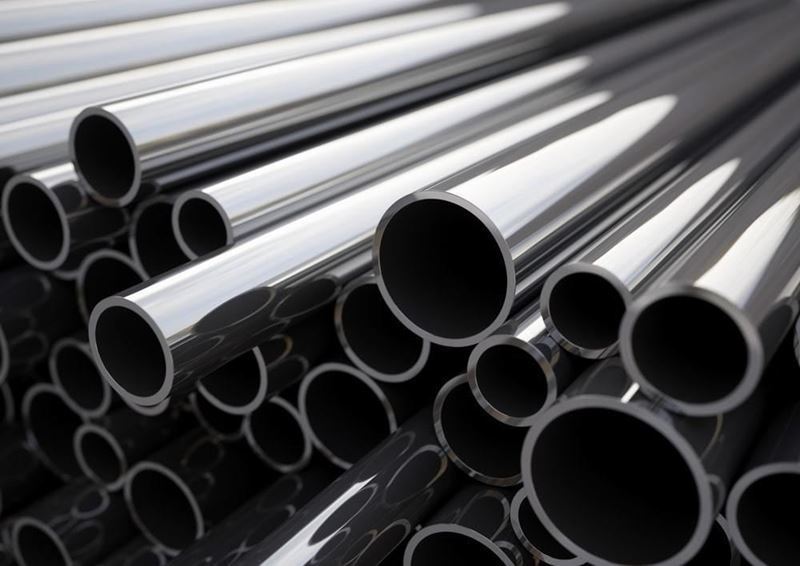
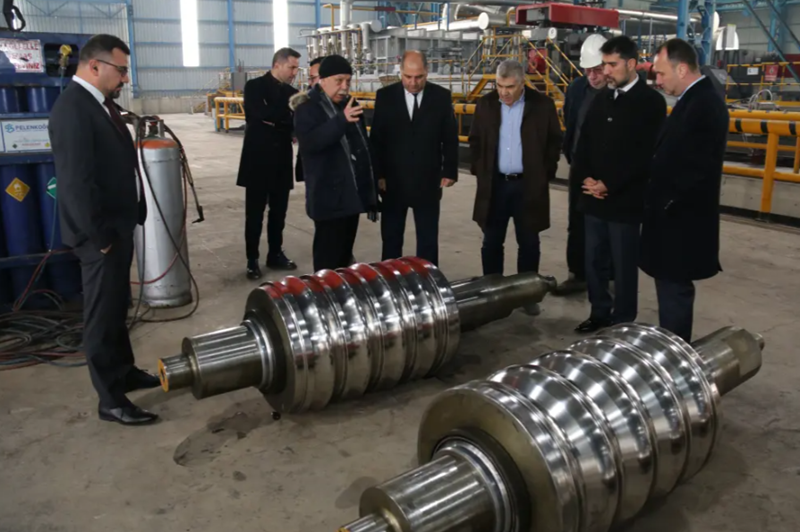
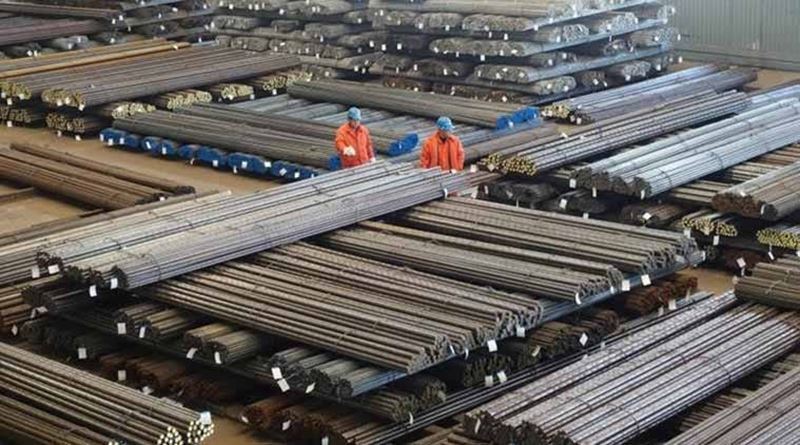

Comments
No comment yet.